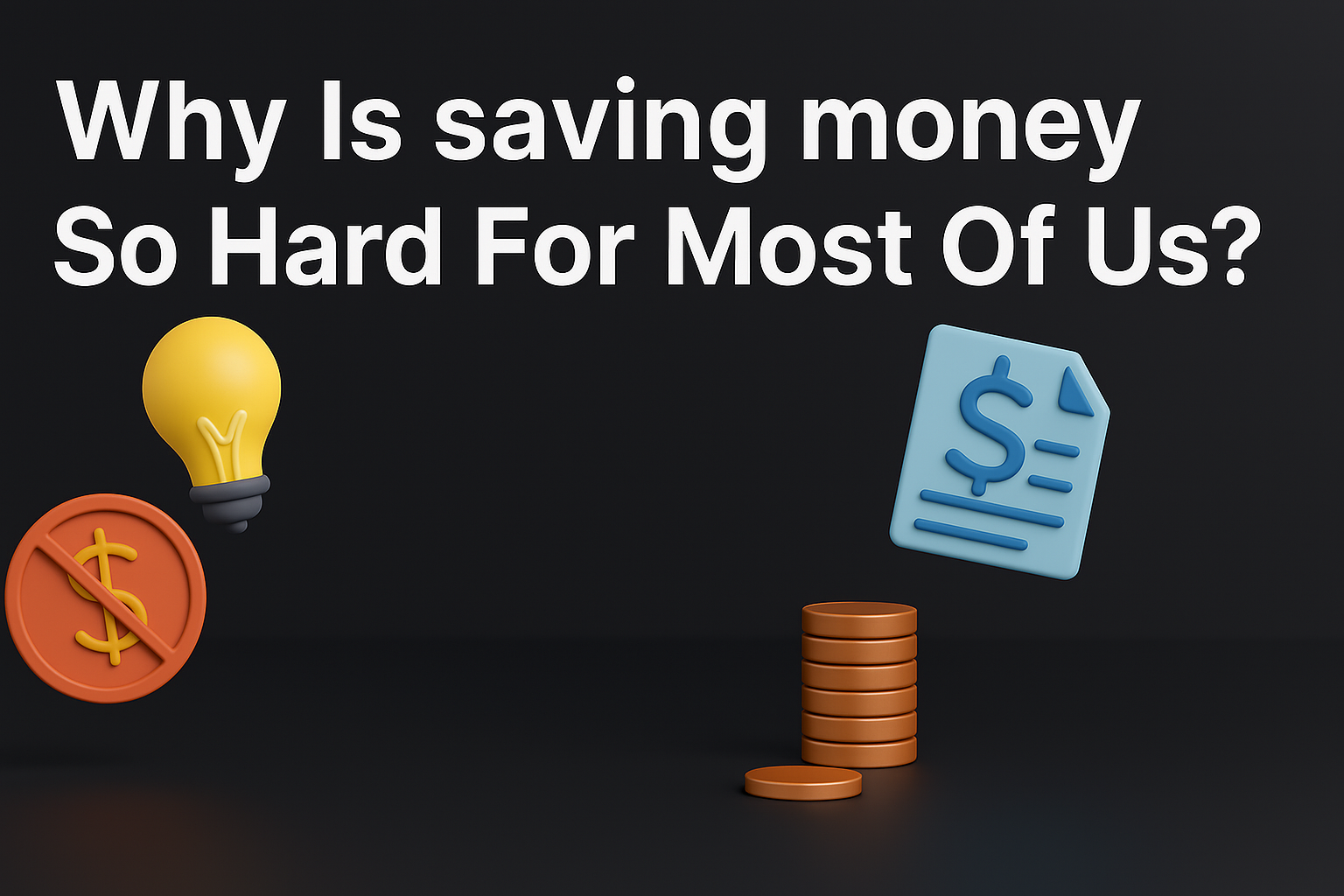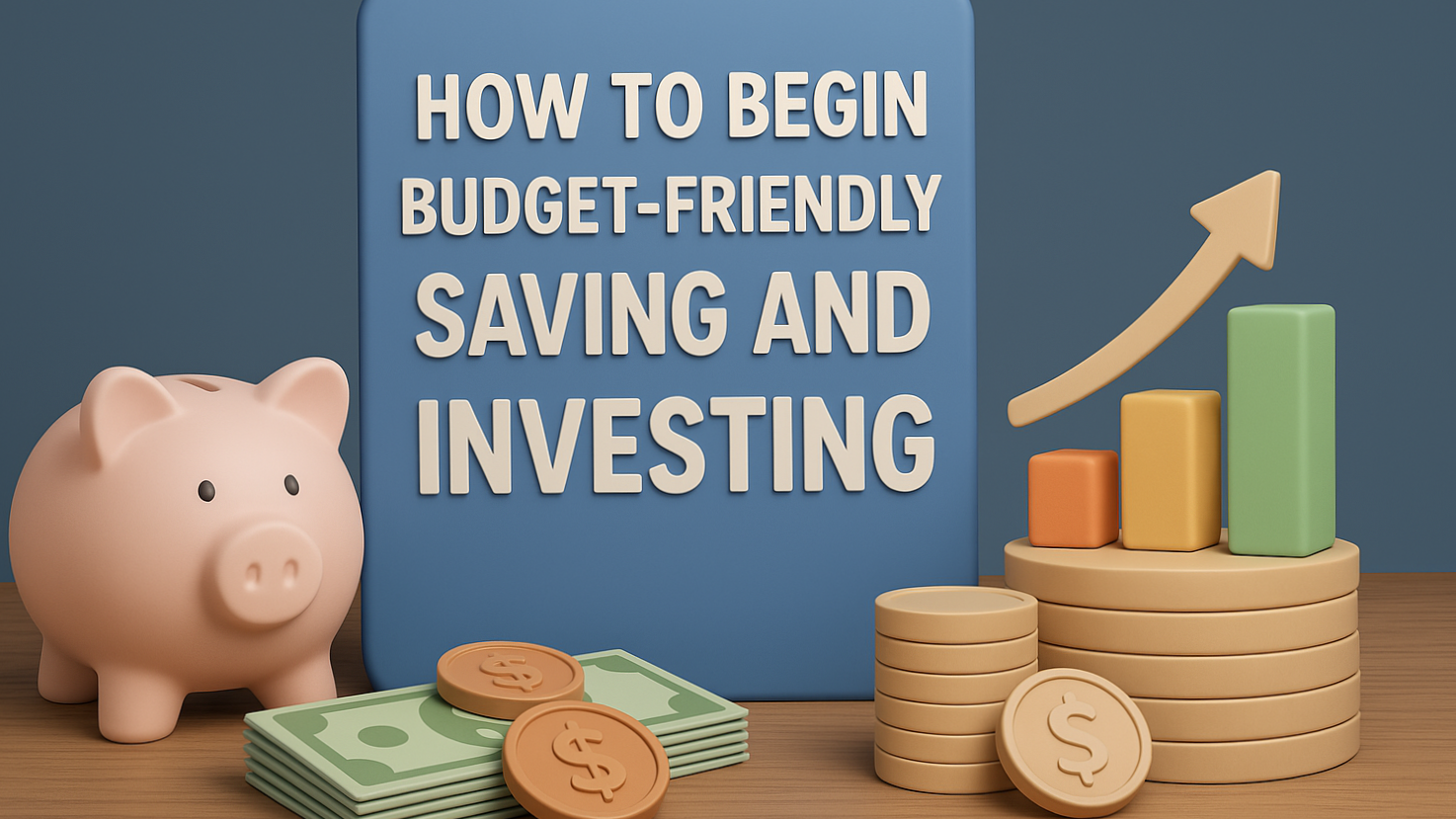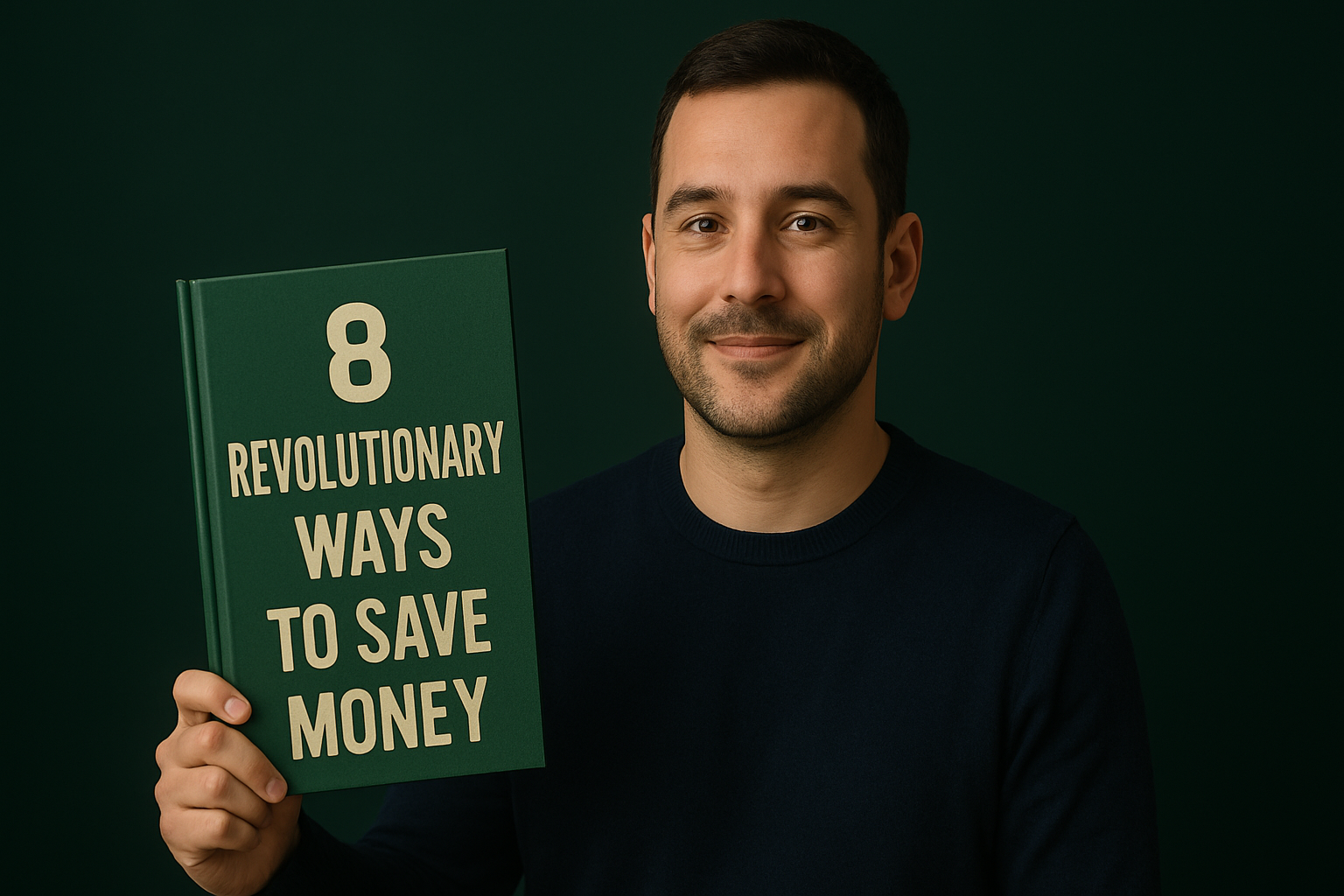Let's face it, how many times have you promised yourself, "I'll finally save more this month," only to have your paycheck disappear before you can even trace its origin? You're not by yourself. Despite recognising that saving is essential, the majority of Americans—nearly 60% of us—find it difficult to make ends meet. Why? Conserving money involves a fight against psychology, social influences, and deeply rooted habits rather than merely having strong willpower. In actuality, we are hardwired to value immediate satisfaction over long-term stability, and we will continue to make the same mistakes unless we comprehend the true causes of our financial difficulties.
However, what if the script could be reversed? What if saving was an empowering decision rather than a torturous sacrifice? We'll explore the hidden factors that make saving so challenging in this in-depth analysis and show you how to take charge at last.
1. The Instant Gratification Trap: Why Our Brains Sabotage Savings.
We live in a world where everything is designed for speed—fast food, next-day delivery, one-click purchases—and our brains love it. Every time we spend money on something pleasurable (like a latte, a new outfit, or takeout), our brain releases dopamine, the “feel-good” chemical. This creates a powerful feedback loop: spending feels good, so we do it more. Saving, on the other hand, doesn’t give us that same immediate rush. Delaying gratification for a future benefit (like a retirement fund or emergency savings) feels abstract and unrewarding in the moment.
Example: Imagine two versions of yourself—one buys a $5 coffee every morning (that’s $150 a month), while the other invests that same $150 into a high-yield savings account. In five years, the coffee drinker has enjoyed 1,800 cups of coffee (and nothing to show for it), while the saver has nearly $10,000 (with compound interest). Yet, most people still choose the coffee because the reward is instant.
The key to overcoming this? Make saving feel rewarding. Automate transfers to your savings account, visualize your future self (think: a dream vacation or debt-free life), and celebrate small milestones. Your brain can be retrained—it just needs the right incentives.
2. The Myth of “I’ll Save Later” – Why Time Never Works in Our Favour.
How many times have you said, “I’ll start saving when I make more money”? It’s a trap. The reality is, no matter how much you earn, expenses tend to rise to match (or exceed) your income—a phenomenon known as lifestyle inflation. The $50,000 earner thinks, “If I made $80k, I’d save more,” but the $80k earner is now eyeing a luxury car lease and a bigger apartment.
Real-Life Case Study: Sarah, a marketing manager, got a 20% raise and immediately upgraded her apartment, leased a new car, and started dining out more. Two years later, she had less savings than before her raise. Why? Because she never adjusted her habits, she just expanded her spending.
The solution? Pay yourself first. Before bills, before splurges, set aside a fixed percentage (even 5-10%) into savings. Treat it like a non-negotiable bill. Over time, this habit compounds—literally. A $200 monthly investment at 7% interest becomes $100,000+ in 20 years. The best time to start saving was yesterday. The second-best time? Today.
3. The Invisible Enemy: How Society Makes Spending Effortless (And Saving Painful).
From “Buy Now, Pay Later” schemes to relentless social media ads, we’re bombarded with messages that equate spending with happiness. Credit cards make it easy to overspend (studies show people spend *up to 83% more* when using plastic instead of cash). Social pressure fuels FOMO—“Everyone’s going on that trip, why can’t I?”—even if it means racking up debt.
Example: Jake sees his friends posting about a lavish Vegas weekend. He charges $2,000 to his credit card to join, telling himself he’ll pay it off “soon.” Two years later, he’s still paying interest on that trip, while his friends (who had savings) aren’t stressed.
Breaking free requires conscious spending. Ask yourself:
- “Does this align with my long-term goals?”
- “Am I buying this because I truly want it, or because of external pressure?”
Unfollow influencers who trigger impulse buys. Use cash for discretionary spending. Small changes create big shifts.
4. The Emergency Fund Paradox: Why We Don’t Save Until It’s Too Late.
Most Americans can’t cover a $1,000 emergency without going into debt. Why? Because when times are good, saving feels unnecessary. When disaster strikes (a car repair, a medical bill, a job loss), we scramble. The solution? *Build your safety net before the storm hits.
Action Step: Start with a $500 emergency fund, then grow it to 3-6 months of expenses. Keep it in a separate account (so you’re not tempted to dip into it).
The Mindset Shift That Changes Everything.
Saving isn’t about deprivation—it’s about freedom. Freedom from stress, from debt, from living paycheck to paycheck. The hardest part isn’t the math; it’s rewiring your habits and beliefs. Start small. Automate. Celebrate progress.
Your Turn: Commit to one change today—whether it’s cutting one unnecessary subscription or transferring $50 to savings. Drop a comment below with your goal—let’s hold each other accountable. And if this resonated, hit *subscribe* for more real-talk finance tips. Your future self will thank you. Did this help you see saving differently? Share it with someone who needs it!



.png)
 Tajib Ali
Tajib Ali







Comments (0)
Leave a Comment